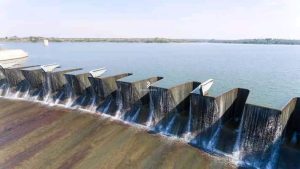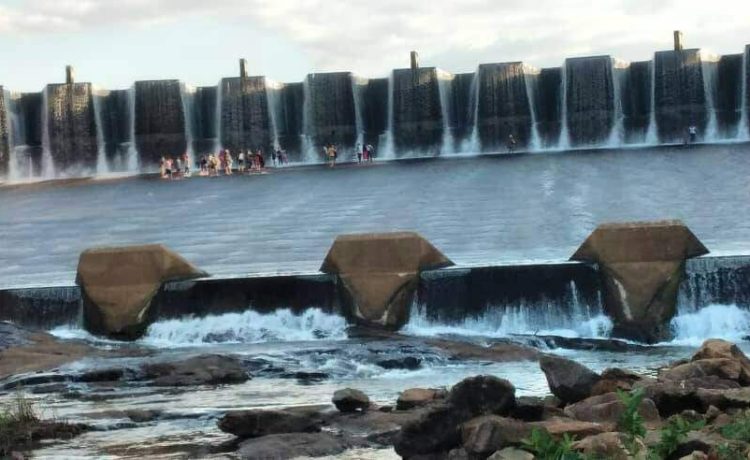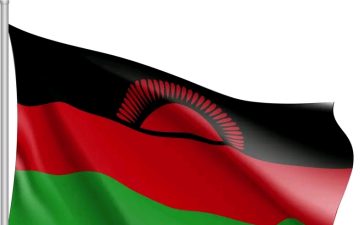They say water is life, and that is in general. But specific for human beings, portable water is life.
President Dr. Lazarus Chakwera was today (Sunday, 6th August 2023) commissioning the rehabilitated, expanded and modernized dam in Malawi. This is strictly answering to the MCP manifesto which Prresident Chakwera unveiled in 2019 ahead of presidential election.
As Malawi moves towards the 2063 agenda, increased access to portable water is key to national development. The MCP 2019 manifesto at page 45 pronounces ambitions to “revamp and modernize water and sanitation systems in all the major towns and cities across the country.
The completion of raising and rehabilitation of Kamuzu Dam 1 project by the Government through the Lilongwe Water Board is a huge reap in the acceleration for portable water for all in Lilongwe city and the surrounding peri-urban areas.

As a Government of Malawi parastatal organization, the Lilongwe Water board is charged by the Water Works Act with the mandate of constructing, operating and maintain water works as are necessary for supplying water for domestic, public and business purposes.
Since time immemorial, Lilongwe Water Board has been getting its raw water from Lilongwe river, which feeds into Kamuzu Dam 1 and Kamuzu Dam 2 reservoirs situated on the Lilongwe river at Malingunde and Nsinja respectively.
The two dams which are 5 km apart have had a combined capacity of providing the water board with a storage capacity of 23.4 million cubic meters of water.
The project of constructing Kamuzu Dam 1 started in 1963 and was completed in 1966 whereas Kamuzu Dam 2 was constructed from 1989 to 1982, all by the MCP-led government.
With the urban growth rate averaging more than 4% per annum, it has been apparent that the dams could not meet the growing demand for water in the capital city at some point.
In order to manage this water supply limitation and deficit, the Government conceptualized a project to rehabilitate and raise the Kamuzu Dam 1 with an additional 7m with the aim of increasing its storage capacity from 5.1 million cubic meters to 25 million cubic meters.
The project’s cost of US$27 million, has been shared between the European Investment Bank and the Government of Malawi who have jointly funded the project.
The development has increased a total combined storage capacity for the Lilongwe Water Board from an initial 24.3 million cubic meters to 43.4 million cubic meters.
The dam is the first of its kind in southern Africa made unique with the installation of an inflatable 2m-high rubber dam on its spillway crest and an installation of hydro-electrical mechanical works in the control building for automated dam operations management.
While the rehabilitation of the existing water reservoir was focusing on meeting the existing demand, president Chakwera has further fixed his eyes and mind for the future generations’ demand by conceptualizing another huge water supply project which will tap the water from Lake Malawi in Salima district. The MCP manifesto also specifically declares the construction of the Lake Malawi-Lilongwe water project to ensure that the capital city and surrounding districts have sustainable water supply.
The Lilongwe/Salima water supply project which is in at an implementation stage is being carried out by Khato Civils in conjunction owned by a local entrepreneur, Simbi Phiri, who has executed similar complex water and other infrastructure projects in Botswana, South Africa and the Democratic Republic of Congo.













